Opportunity Housing in San Jose
Opportunity housing helps create homes of all shapes and sizes, integrated into communities, and more affordable for working families, seniors, or young families. What is opportunity housing? It’s San Jose’s unique term for allowing duplexes, triplexes, and fourplexes across all our city’s neighborhoods.
Click each benefit to jump to more information, or read on to get the full picture! Opportunity housing:
- Already exists in neighborhoods across San Jose, built before single family zoning made these common-sense home types illegal in most of the city
- Can help with San Jose’s shortage of housing, especially the need for smaller and starter homes that are more affordable by design than a single-family home
- When allowed citywide, can open up neighborhoods that have been historically exclusive
- Is more environmentally friendly, protecting open space from sprawl and reducing highway congestion and greenhouse gas emissions by shortening commutes
Take Action!
Check out SV@Home’s Opportunity Housing Advocacy Toolkit for the resources, tips, and talking points you need to be and Opportunity Housing Champion!
Timeline for San Jose’s Opportunity Housing process
The City’s General Plan 4-Year Review Task Force, made up of 42 stakeholders and community leaders from every council district, has recommended that the city develop a policy to allow opportunity housing in neighborhoods citywide. This would include neighborhoods that are currently restricted to single family homes, a zoning category that only allows the most expensive type of home to be built. The recommendation passed with a strong majority in the end, but there remains considerable anxiety and misunderstanding to be sorted out.
You have probably seen that there is a significant campaign of misinformation and stoking fears drummed up by opponents of opportunity housing. Somehow in this process, opportunity housing is being framed as an argument about parking and infrastructure instead of an effort to increase housing opportunities for people throughout the city, and becoming more inclusive.
We believe this needs to be a broader discussion about housing needs, and the opportunity to address the ways our current policies perpetuate exclusion and push people into long commutes, making traffic a nightmare and dumping greenhouse gasses into the air. While there is no one answer to the housing crisis in San Jose, opportunity housing is an important part of the solution.
- To be clear, we are still early in a multiyear process, but we run real risks that the discussion will be cut short before it really has a chance to begin. The City Council will vote in June to consider the task force’s recommendation that the next steps include:
- Conducting robust citywide community engagement,
- Studying incentive to include units at affordable or moderately-priced levels,
- Developing tools to minimize displacement risks, and
- Proposing strategies to preserve historic areas.
Recommendations from staff and the Task Force about Opportunity Housing, along with a summary of public comments will be presented to City Council in September 2021 for direction on whether to take these next steps. The San Jose Neighborhoods for All coalition is bringing people together to advocate for this process to proceed. Read on below to learn more details, and why opportunity housing is so important to the future of San Jose.
Older duplexes, triplexes, and fourplexes already play a role in San Jose’s vibrant neighborhoods.
Once common in San Jose, these homes have been prohibited over the last few decades, even as we have faced a shortage of new homes and rising housing costs, pricing more families out of the city. There are more than 5,500 of these properties in San Jose, with examples in every council district. New opportunity housing type homes are legal now in many West Coast cities, blending into neighborhoods where they provide a greater range of affordability and housing choices. To solve our housing shortage, we will need to use a range of solutions to create more affordable choices of all shapes and sizes for all our neighbors. To check out a gallery of beautiful duplexes, triplexes, and fourplexes that already live in San Jose’s neighborhoods, visit SJNeighborhoodsForAll.com. Think you can tell the difference between a duplex, triplex, fourplex, and single family home? Take our Opportunity Housing Quiz to find out!
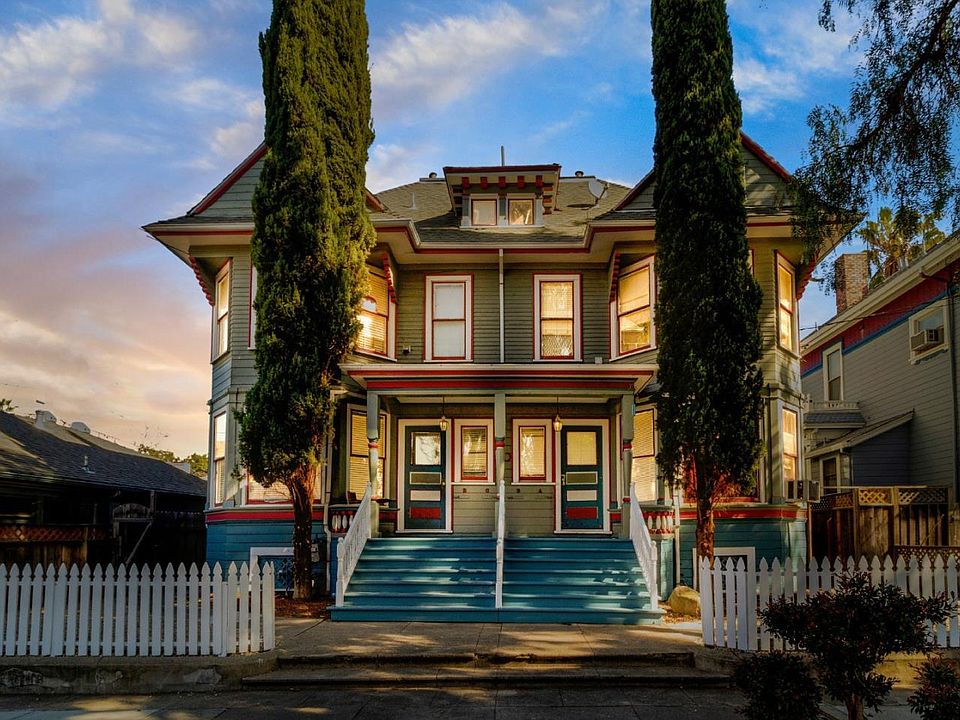
Hyde Park Fourplex 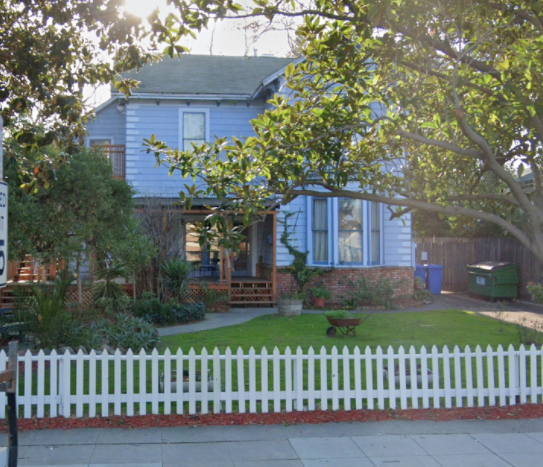
Japantown Fourplex 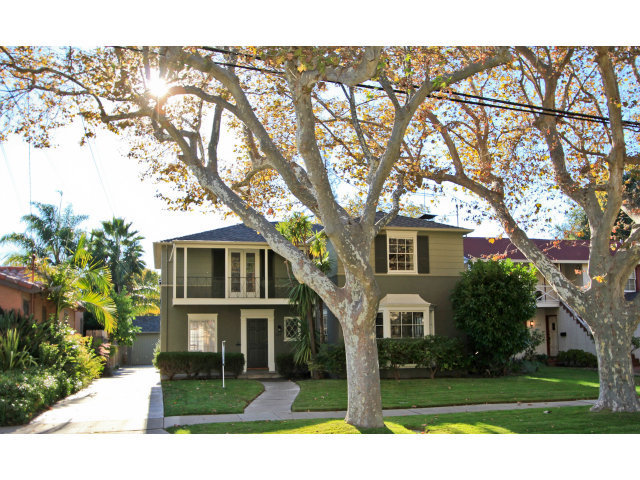
Vendome Park Duplex 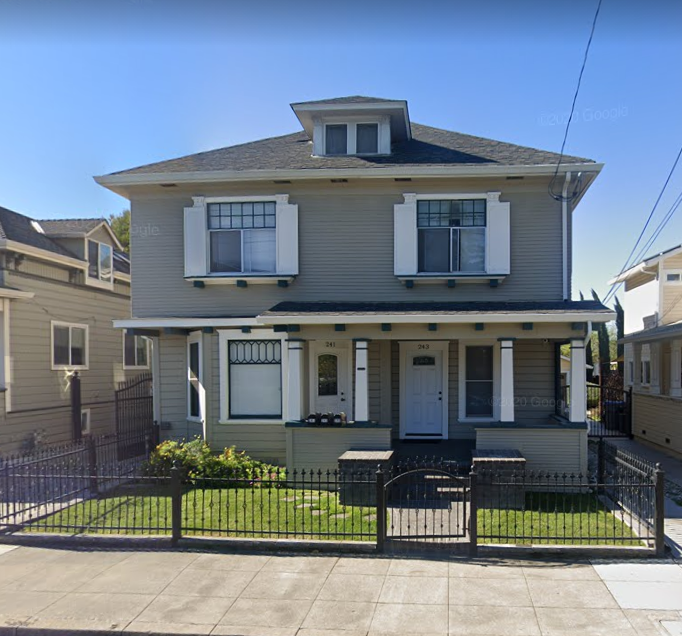
Northside Triplex 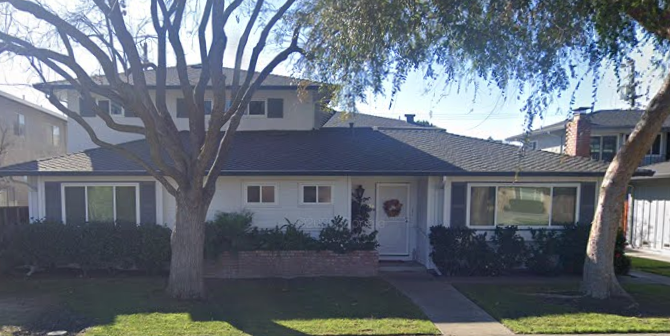
Rose Garden Fourplex 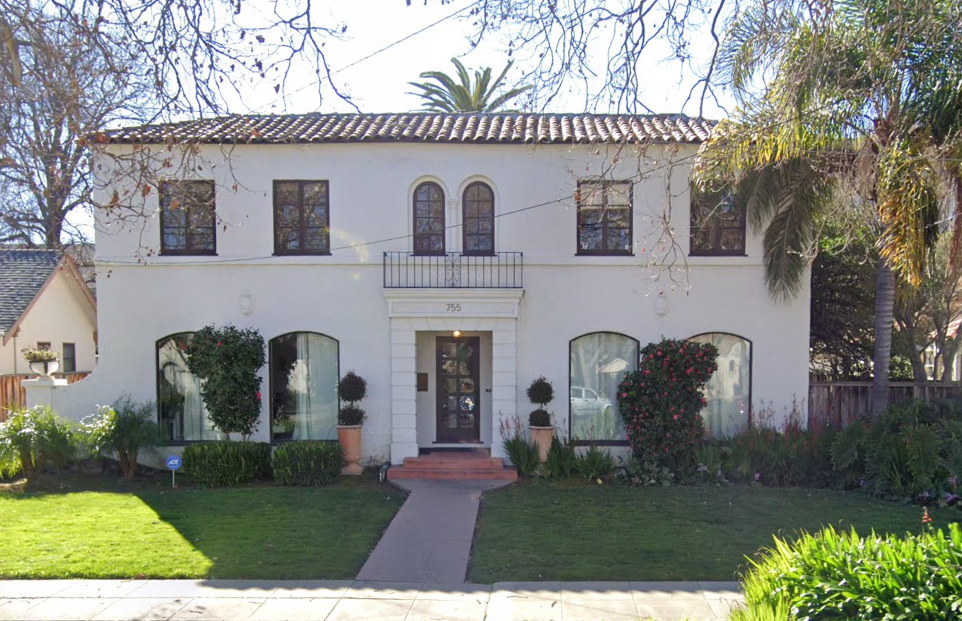
Vendome Park Fourplex 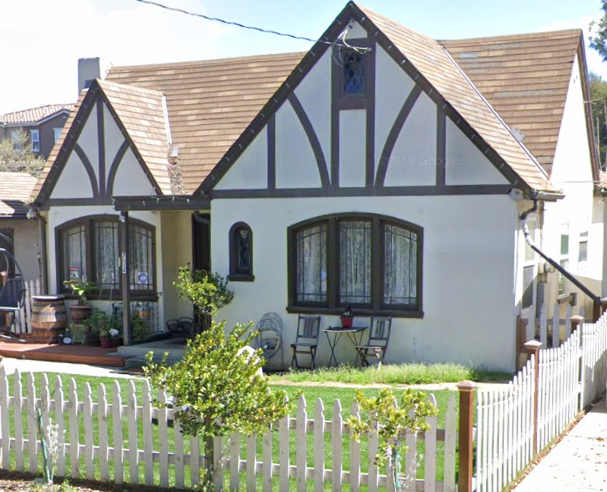
Willow Glen Duplex 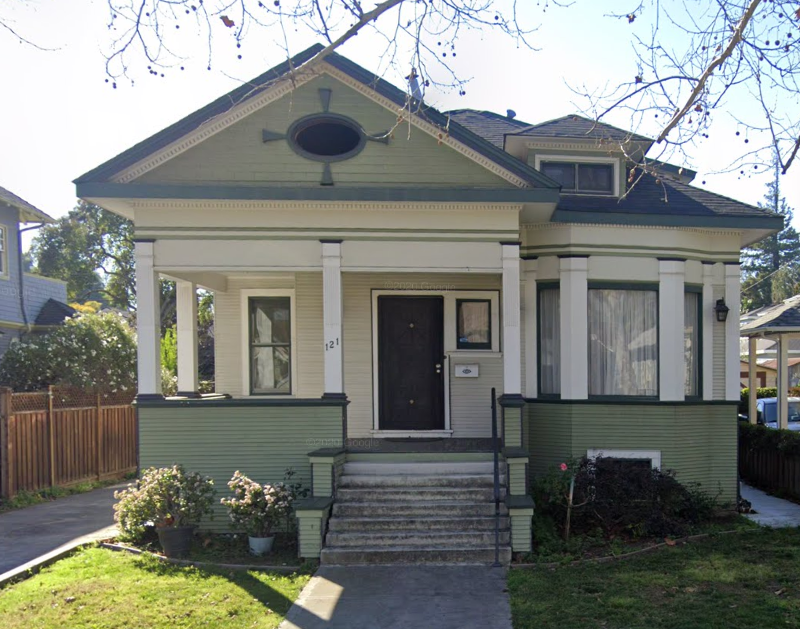
Downtown Duplex 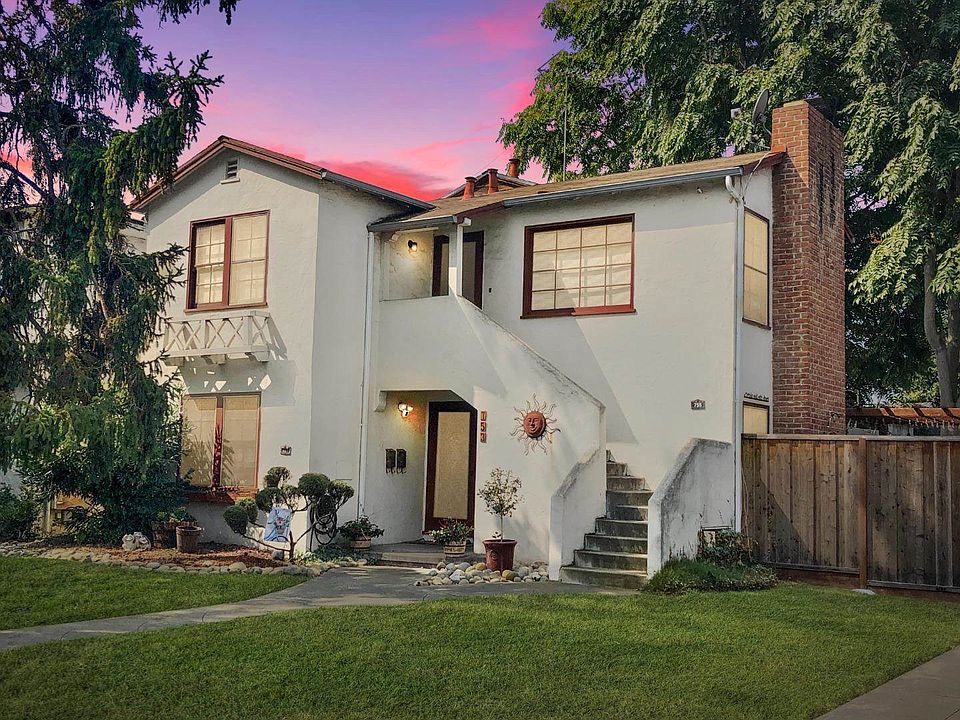
Willow Glen Duplex
San Jose’s housing shortage: The high cost of keeping opportunity out
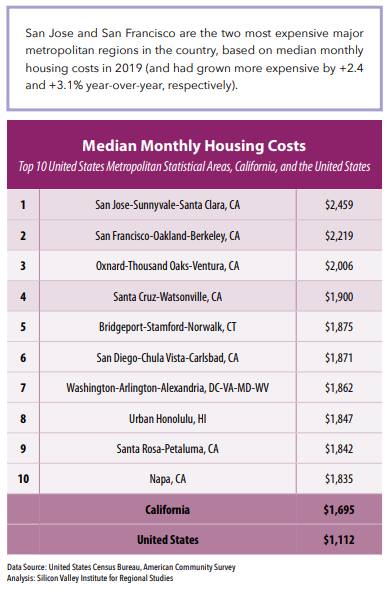
Single family zoning, a land use policy that restricts a property owner’s ability to build anything but a standalone home designed to accommodate only one family per parcel of land, plays a key role in ballooning home prices. The nation’s move after World War II toward single-family-only suburbs has created a shortage of housing, pushed home prices up and made it difficult or impossible for young families to live in the communities where they grew up. In 2019 in Silicon Valley, house prices swelled to roughly ten times the national median, and have continued to climb even through the COVID-19 pandemic. A study by Bay Area economist Jonathan Rothwell finds that “that the share of land zoned for single-family housing consistently predicts higher housing costs compared to other jurisdictions in the same metropolitan area.”
The alternative was once common, even in affluent communities. Suburbs that allowed a “housing ladder” of two-, three-, and four-family homes, including some on small lots, would see reductions in the price of housing. In the pre-zoning era, this was the norm: three-family homes, duplex bungalows, and fourplexes. We can still see these lovely older homes in many of the neighborhoods throughout Silicon Valley.
These opportunity housing types give homeowners flexibility and help expand housing choices available to families with moderate incomes: those whose incomes are too high to qualify for traditional affordable housing, but too low to pay average market-rate rents or purchase a median-priced home. Opportunity housing also expands access to neighborhoods with good schools, parks and recreation, and proximity to sources of fresh, healthy food to families who might not be able to afford a single-family home.
San Jose’s large proportion of restrictive single family zoning effectively denies access to many of the people our vibrant economy relies on: the small-business owners who serve our local communities, the cooks and servers in our restaurants, the teachers who educate our children, the nurses and hospital staff who care for us when we’re sick, or the essential grocery workers who have helped keep us safe through the pandemic. So how much of San Jose’s residential land is restricted to only single family homes?
A recent study by the New York Times found that 94% of San Jose’s residential land is zoned exclusively for single family homes. However, only 50% of San Jose’s households live in a single family home. This means that half of San Jose’s residents are limited to living on only 6% of the city’s residential land.
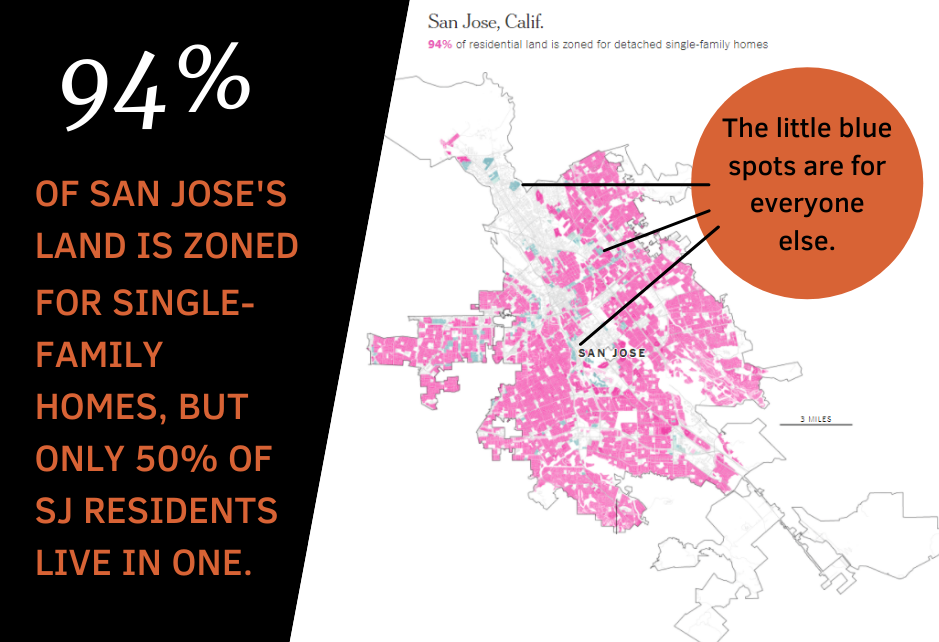
Single family zoning: A history of exclusion
Single family zoning contributes to both economic and racial segregation. The problem here lies not with single family homes, but with single family zoning- the lack of choice to build less expensive home types. And as the percentage of single family zoning in a city increases, the percentage of white residents increases as well.
Part of that is because renting an apartment or duplex is less expensive than renting or buying a home. It’s also a legacy of racist housing policies, like redlining, that barred Black and Latino families from receiving federally-backed loans following the Great Depression and from the GI Bill after WWII.
Policies like these were later outlawed, but they still persist in practice, with lenders often charging higher interest rates or refusing home loans to Black buyers. Taken together, it’s helped drive a huge wealth gap between white and Black families, with white families having an average $188,200 in wealth, compared to $24,100 for Black families. That makes it harder for Black families to purchase homes in single family neighborhoods.
KQED’s podcast SOLD OUT: Rethinking Housing in America takes a deep dive into the backstory behind single-family zoning and looks at how it has led to the racial segregation we still see in our neighborhoods today. Listen to episode three above, or read the transcript.
Zoning that allows only single family homes to be built perpetuates policies that have disparate racial effects. The alternative, opportunity housing, is a way that we can participate as individuals in helping to dismantle systemic racism. While it is necessary, allowing opportunity housing in every neighborhood citywide is only one of the policies needed to address our housing crisis and the history of exclusion.
Why citywide?
City staff originally recommended exploring allowing up to four units on parcels zoned for single family houses in areas within a half-mile walking distance around Transit Urban Villages, and on properties adjacent to existing multifamily housing types or properties designated for multifamily housing. However, as the map below shows, this would result in opportunity housing being disproportionately located in high-poverty and heavily non-white communities and neighborhoods, maintaining historical exclusionary patterns that reinforce segregation.
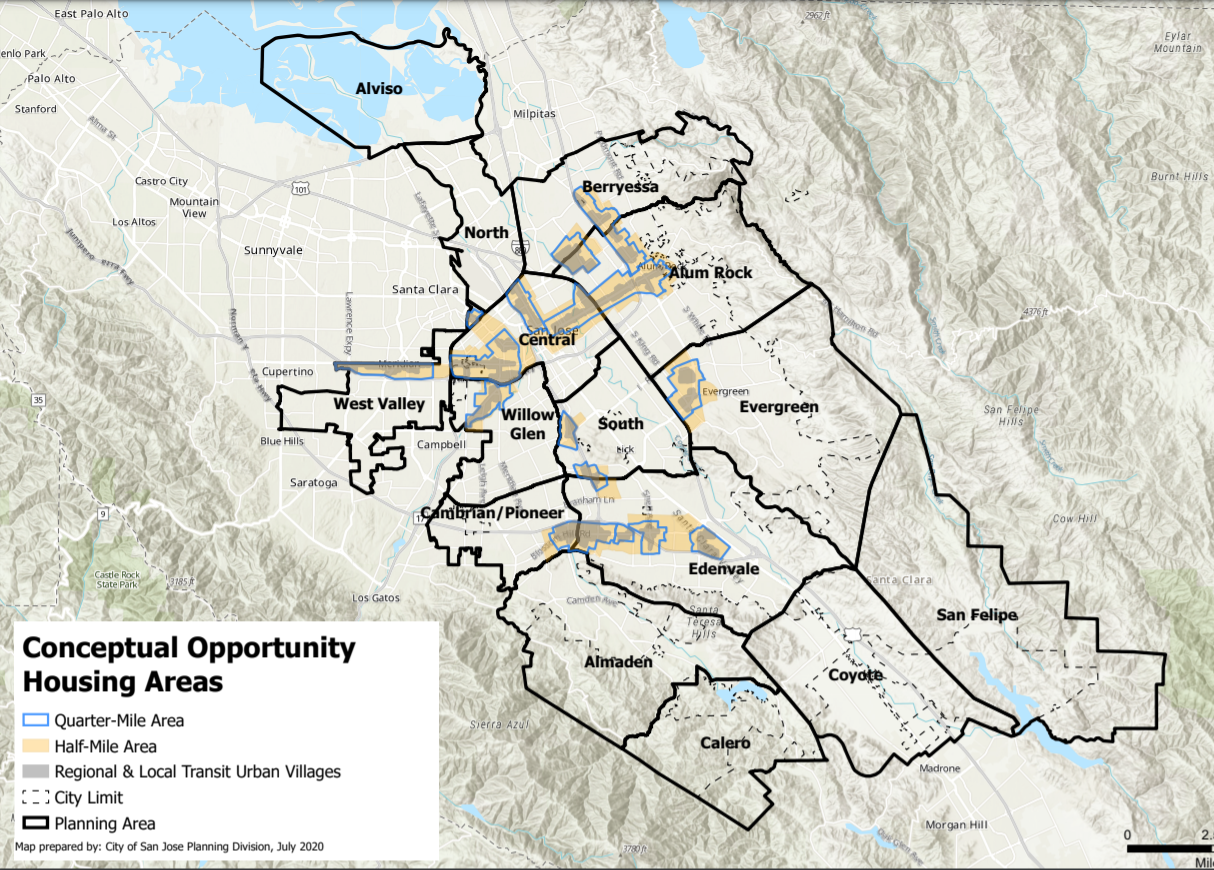
This is a problem for several reasons:
- It fails to correct the historic exclusionary intent of single family zoning: to keep lower income residents and people of color out of single family neighborhoods,
- It is more likely to result in displacement of vulnerable communities,
- It fails to provide more opportunities for housing in higher resource areas, and
- The relatively low density and slow, incremental implementation of opportunity housing would not house enough people to support transit ridership; we need to build much higher-density homes near transit.
Opportunity Housing is environmentally friendly
Right now, San Jose’s housing shortage means that San Jose workers who can’t find a home here are commuting not from the edges of the city, but from Gilroy, Hollister, Tracy, and even further away. Opportunity housing is a form of infill development, building within existing developed areas, which is widely recognized as “critical to accommodating growth and redesigning our cities to be environmentally- and socially-sustainable.” Opportunity housing means more people can afford to live closer to where they need to be, allowing people to bike or walk, and decreasing the greenhouse gases created when we drive. It adds the homes we need without sprawl, protecting nearby open spaces like Coyote Valley, which are crucial for our region’s climate resilience, biodiversity and water supply.
Nearly the entire city of San Jose falls within the transit bikeshed (reasonable distance for biking to transit), which is why the VTA supports opportunity housing citywide. The map below shows San Jose’s high-frequency transit stops, along with a half mile walk to transit stops (shown in yellow) and a 3-mile bike ride to transit stops (shown in pink). Citywide Opportunity Housing makes nearly the entire city accessible without ever getting in the car. Walkable, bikeable communities are a key component of the Envision San Jose 2040 General Plan for their importance to not only the environment, but also a more active population and improved public health.
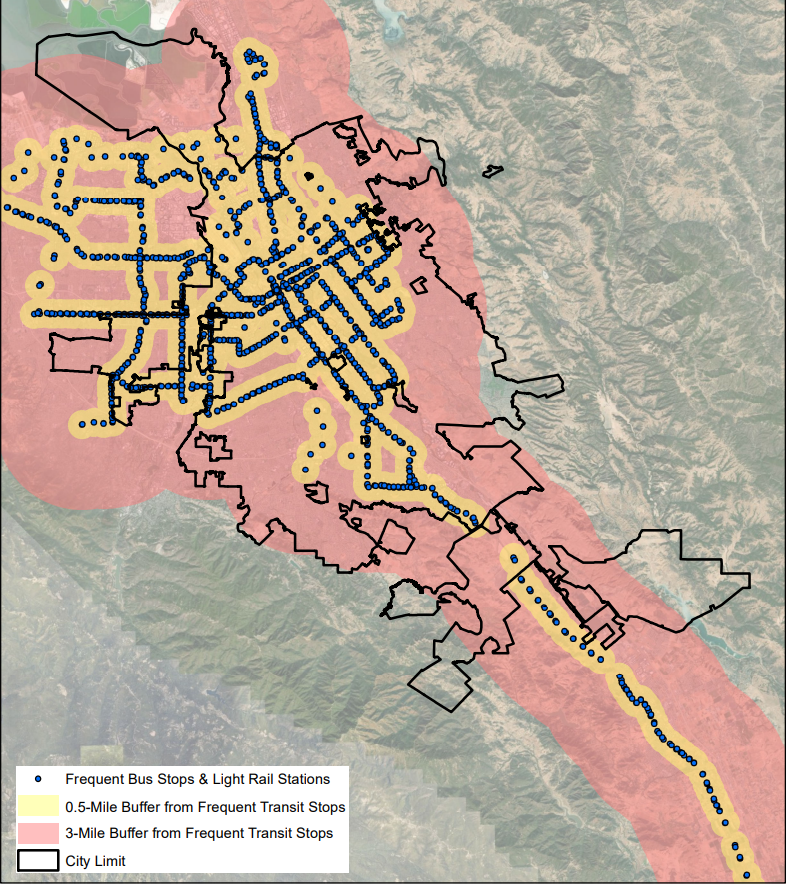
One part of the solution
Opportunity housing is only one tool in the toolbox we need to expand housing choices and eliminate exclusion. San Jose’s need for more homes is so great, we will need to move forward with opportunity housing as well as other programs, including the development of Urban Villages and the expansion of accessory dwelling units (ADUs). Now is a pivotal moment to move forward with opportunity housing, closing the door on historically exclusive housing policies. Opportunity housing can both create opportunities for future generations of San Joseans to have stable, welcoming homes, and maintain a vibrant quality of life for neighborhoods.